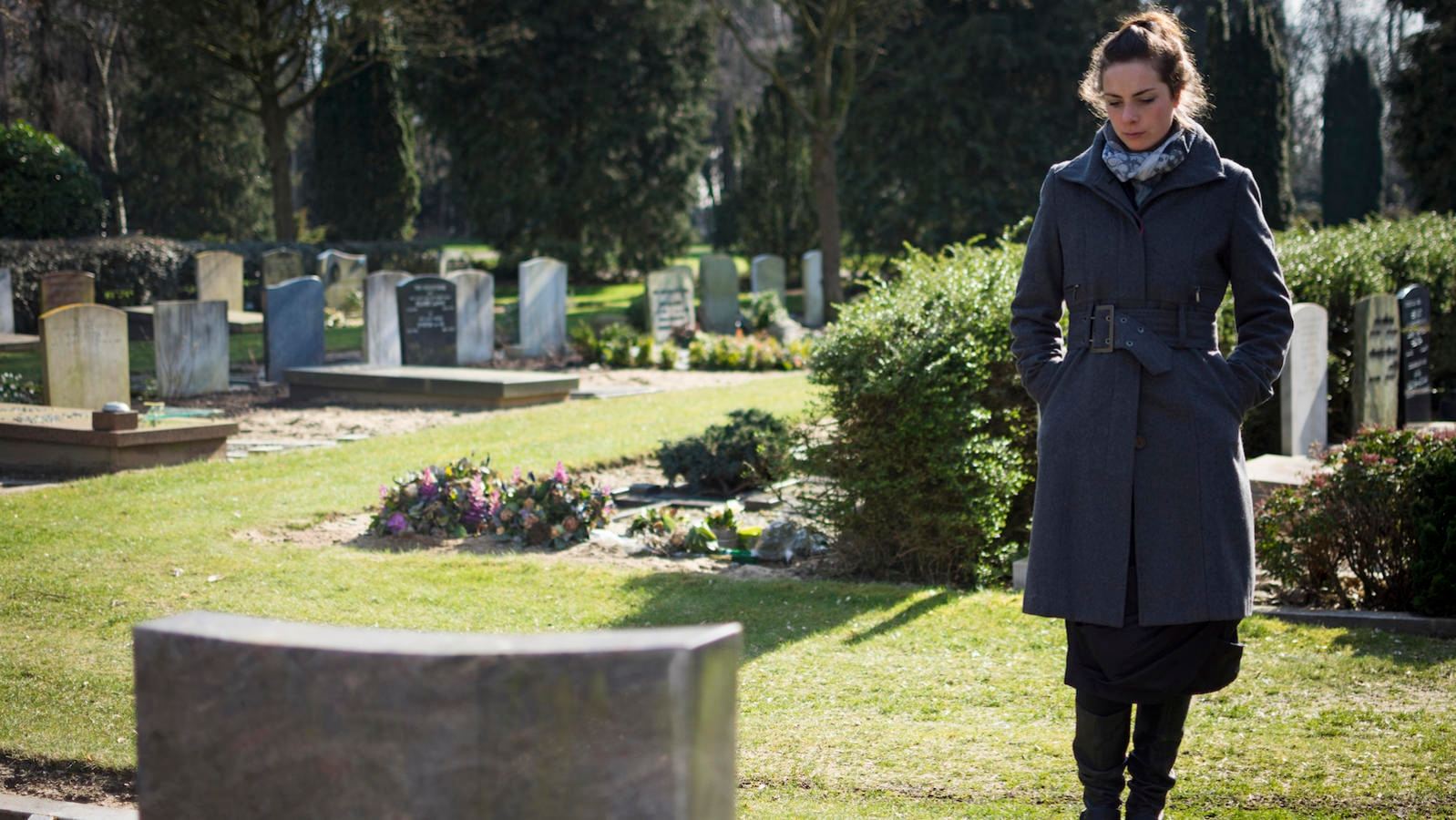[After the burial] the dialectical [Jewish law], which has masterfully employed both the thesis and the antithesis in her treatment of antinomies, makes an about-face. The halacha was firmly convinced that man is free and that he is master not only of his deeds but of his emotions as well. The halacha held the view that man’s mastery of his emotional life is unqualified and that he is capable of changing thought patterns, emotional structures, and experimental motifs within an infinitesimal period of time.
Halacha and Aninut (the Initial Stage of Mourning)
Man, the halacha maintained, does not have to wait patiently for one mood to pass and for another to emerge gradually. He disengages himself, quickly and actively, and in a wink replaces a disjunctive frame of mind with a cathartic-redemptive one. Hence, the halacha, which showed so much tolerance for the mourner during the stage of aninut, and let him float with the tide of black despair, now — forcefully and with a shift of emphasis–commands him that, with interment, the first phase of grief comes abruptly to a close and a second phase–that of aveilut–begins.
With the commencement of aveilut the halacha commands the mourner to undertake an heroic task: to start picking up the debris of his own shattered personality and to reestablish himself as man, restoring lost glory, dignity, and uniqueness. Instead of repeating to himself time and again that man has no preeminence over the beast and that all is vanity, he is suddenly told by the halacha to be mindful of the antithesis: “Thou hast chosen man at the very inception and thou hast recognized him as worthy of standing before Thee.”
Yes, the halacha tells man, death is indeed something ugly and frightening, something grisly and monstrous; yes, death is trailing behind every man, trying to defeat him, his ambitions and aspirations; all that is true. Nevertheless, the halacha adds, death must not confuse man; the latter must not plunge into total darkness because of death. On the contrary, the halacha asserts, death gives man the opportunity to display greatness and to act heroically; to build even though he knows that he will not live to enjoy the sight of the magnificent edifice in whose construction he is engaged, to plant even though he does not expect to eat the fruit, to explore, to develop, to enrich–not himself, but coming generations.
Death teaches man to transcend his physical self and to identify with the timeless covenantal community. Death, the halakhah warns the mourner, not only does not free man from his commitment but on the contrary enhances his role as a historic being and sensitizes his moral consciousness. The day is short, the workload is heavy, the Master is strict and demanding, and the commitment therefore is great.

Help us keep Jewish knowledge accessible to millions of people around the world.
Your donation to My Jewish Learning fuels endless journeys of Jewish discovery. With your help, My Jewish Learning can continue to provide nonstop opportunities for learning, connection and growth.
From Despair to the Affirmation of Life
While before burial, in the stage of aninut,man mourned in total darkness and confusion, and his grief expressed itself in an act of resignation from his greatness and chosenness, after burial, in stage two, man mourns in an enlightened mood, and his grief asserts itself in the awareness of human greatness and human election.
The ceremonial turning point at which aninut is transformed into aveilut, despair into intelligent sadness, and self-negation into self-affirmation, is to be found in the recital of at the grave.
The Kaddish marks the beginning of a new phase of courageous and heroic mourning to which the message of salvation is addressed. What is the relationship between the proclamation of the solemn doxology [that is, the Kaddish, a liturgical expression of praise to God] and burial? Through the Kaddish we hurl defiance at death and its fiendish conspiracy against man.
When the mourner recites: “Glorified and sanctified be the great name…” he declares: No matter how powerful death is, notwithstanding the ugly end of man, however terrifying the grave is, however nonsensical and absurd everything appears, no matter how black one’s despair is and how nauseating an affair life is, we declare and profess publicly and solemnly that we are not giving up, that we are not surrendering, that we will carry on the work of our ancestors as though nothing has happened, that we will not be satisfied with less than the full realization of the ultimate goal–the establishment of God’s kingdom, the resurrection of the dead, and eternal life for man.
Excerpted with permission from “The Halakhah of the First Day” in Jewish Reflections on Death, edited by Jack Riemer (Schocken Books).
Sign up for a Journey Through Grief & Mourning: Whether you have lost a loved one recently or just want to learn the basics of Jewish mourning rituals, this 8-part email series will guide you through everything you need to know and help you feel supported and comforted at a difficult time.
Looking for a way to say Mourner’s Kaddish in a minyan? My Jewish Learning’s daily online minyan gives mourners and others an opportunity to say Kaddish in community and learn from leading rabbis.



